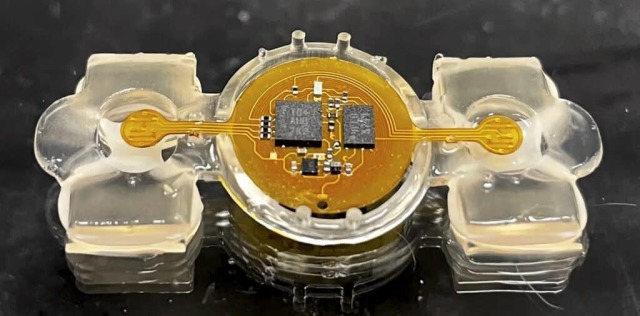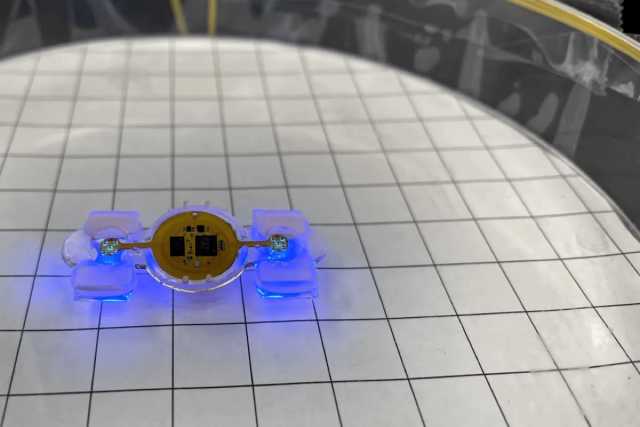American developers have assembled miniature machines that move using contractions of mouse muscle cells grown "in vitro". Biorobots have reached a record speed for such systems — almost a millimeter per second.
As you know, the word "robot" first appeared in a book by Czech writer Karel Chapek. In his play "R.U.R.", this was how weak-willed, thoughtless creatures of flesh and blood were designated. Today we call robots completely artificial systems, metal and plastic. Only from time to time scientists create them from living tissues and cells or supplement mechanical robots with individual animal organs .
Another such biorobot was presented by developers from the University of Illinois at Urbana-Champaign, whose article was published in the journal Science Robotics. In addition to artificial components, it uses mouse muscle cells grown in vitro, "in vitro". According to the authors of the work, their biorobot reaches a record speed for such hybrid systems, overcoming almost a millimeter per second.
In fact, the complexities in the combination of biological and artificial components make biorobots much less accurate, agile and fast than their living prototypes or machines made of metal and plastic. Therefore, at the current stage of technology development, it is their connection that poses the main challenge for developers. This task became the main one for Rashid Bashir and his colleagues.

©Yongdeok Kim, Bashir Lab, UIUC The system they created includes mouse muscle cells and a control chip placed on a flexible structure obtained using 3D printing.
By picking up the signal wirelessly, the chip turns on and off the LEDs that stimulate the cells, causing contraction — and the biorobot takes a small step forward. The record speed recorded by the developers was 0.83 millimeters per second. At the same time, no battery or other energy source is provided on board.
Using flexible structures of different shapes, scientists have demonstrated that such a system is capable of performing various simple but useful tasks, including maneuvering in a maze, collecting small objects and transporting them. And in the future, Bashir and his co-authors are going to improve their biorobots by supplementing them with live neurons that will allow them to partially respond independently to the environment.

